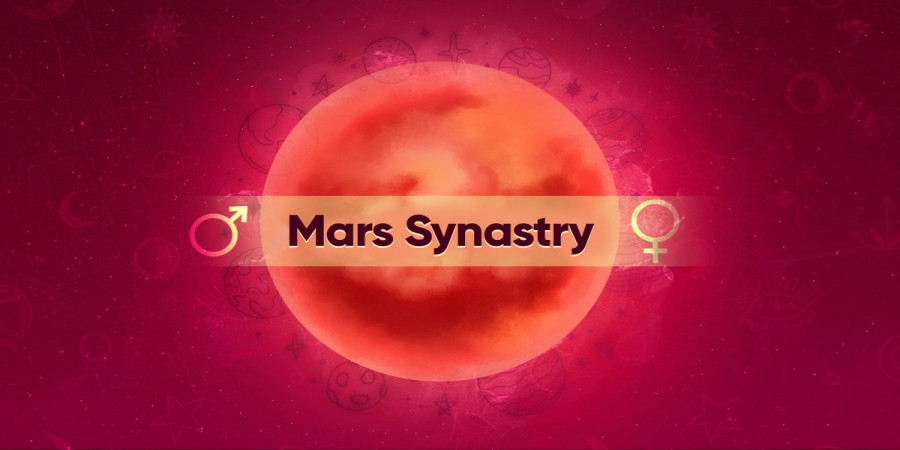

Dropbox: A User-Friendly and Versatile Solution
Dropbox has earned a reputation for its user-friendly interface and intuitive design. Its simple drag-and-drop functionality makes it easy for users of all technical backgrounds to upload, organize, and share files. Dropbox also offers robust file syncing capabilities, ensuring that files are consistently updated across all connected devices.
One of Dropbox's standout features is its offline access. Users can access their files even without an internet connection, making it a valuable tool for remote work or travel. Additionally, Dropbox integrates with a wide range of third-party apps, including Slack, Zoom, and Trello, enabling seamless workflows and enhanced productivity.
However, Dropbox's pricing can be a drawback for startups with limited budgets. While it offers a free plan with limited storage, its paid plans can be relatively expensive compared to competitors like Google Drive.
Google Drive: A Comprehensive and Integrated Platform
Google Drive is part of Google Workspace, a comprehensive suite of productivity tools that includes Gmail, Google Docs, Google Sheets, and more. This integration provides a seamless experience for users who rely on Google's ecosystem for their work. Google Drive also offers robust collaboration features, allowing multiple users to edit documents simultaneously, leave comments, and track changes.
Another advantage of Google Drive is its generous free storage. New users receive 15GB of free storage, which is significantly more than Dropbox's 2GB free plan. Google Drive's paid plans are also competitively priced, offering more storage for the price compared to Dropbox.
However, Google Drive's interface may not be as intuitive as Dropbox's, and its offline functionality is not as robust. Additionally, some users may find Google Drive's integration with Google's ecosystem to be a drawback if they prefer to use other productivity tools.
Choosing the Right Platform for Your Startup
Ultimately, the best cloud storage platform for a startup depends on its specific needs and priorities. If a startup prioritizes user-friendliness, offline access, and integration with a wide range of third-party apps, Dropbox may be a better choice. However, if a startup values seamless integration with Google's ecosystem, generous free storage, and robust collaboration features, Google Drive may be the more suitable option.
Startups should carefully consider their budget, storage needs, collaboration requirements, and integration preferences when choosing between Dropbox and Google Drive. It is also essential to consider the potential scalability of each platform as the startup grows.
References:
- Dropbox vs Google Drive for Business Cloud Storage - TechnologyAdvice
- Google Drive vs Dropbox: Which cloud storage solution is better? - Jotform
In conclusion, both Dropbox and Google Drive offer compelling features and benefits for startups. Dropbox excels in user-friendliness, offline access, and third-party integrations, while Google Drive shines in its integration with Google's ecosystem, generous free storage, and robust collaboration features. By carefully evaluating their specific needs and priorities, startups can make an informed decision and choose the cloud storage platform that best supports their growth and success.
Popular articles

Apr 11, 2024 07:40 PM

May 25, 2024 08:09 PM

Apr 11, 2024 07:22 PM

Apr 10, 2024 07:59 PM

Mar 14, 2024 07:53 PM
Comments (0)